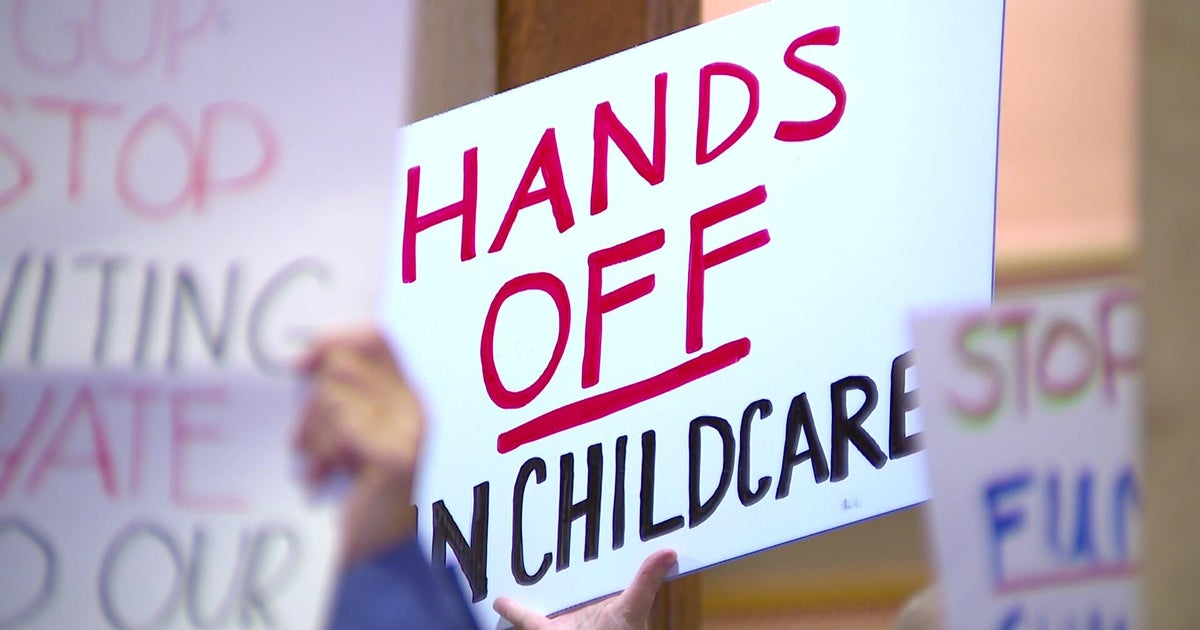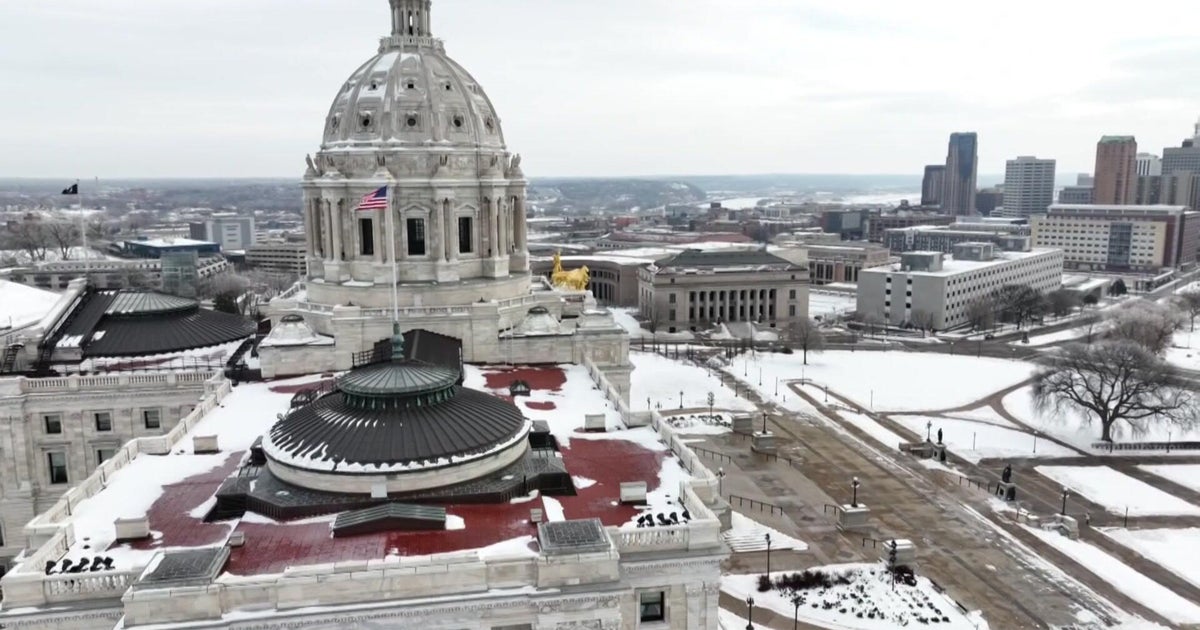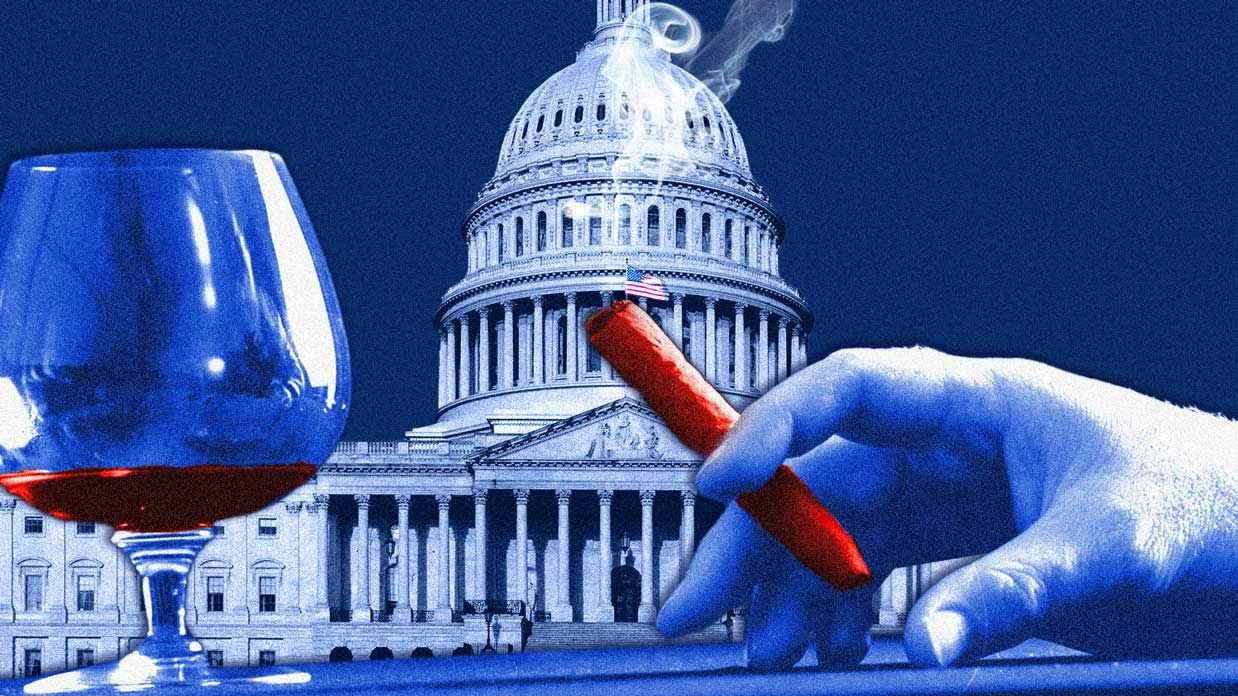A guide to budget reconciliation, the process on the table for passing COVID relief
Washington — President Biden is pushing Congress to act swiftly to address the ongoing coronavirus and put forth a sweeping proposal that would provide assistance to jobless Americans, families and small businesses grappling with the economic fallout from the pandemic.
But as the final months of 2020 demonstrated, reaching bipartisan consensus on a package is no easy task. And with Republicans already eschewing the $1.9 trillion price tag for Mr. Biden's plan, Democrats have indicated they intend to employ an expedited legislative process to avoid a filibuster and get a coronavirus relief package to Mr. Biden's desk if a bipartisan deal proves elusive.
Known as "budget reconciliation," the process can only be used for legislation affecting spending, revenues and debt-limit laws. Since the fast-track process was first used in 1980, it has been deployed to pass 25 reconciliation bills, according to the Congressional Research Service.
For Democrats, the most attractive feature of budget reconciliation is the lower threshold for approval in the Senate — reconciliation bills can pass with a simple majority, 51 votes, instead of the 60 typically needed to advance legislation. Democrats control 50 seats in the upper chamber, and using reconciliation would allow them to approve a relief package with no Republican support, with Vice President Kamala Harris casting the tie-breaking vote.
The White House has stressed it would prefer for a coronavirus emergency aid package to be passed with bipartisan support, and Mr. Biden has placed phone calls to several GOP senators in recent days. But White House press secretary Jen Psaki suggested that reconciliation remains on the table if those efforts prove fruitless.
"Reconciliation is a parliamentary process. It's a way to get legislation through. It's a way to get relief to the American people," Psaki said at the White House on Thursday. "The president wants this to be a bipartisan package regardless of the mechanisms. Republicans can still vote for a package even if it goes through with reconciliation. There's no blood oath anybody signs. They're able to support it regardless."
But getting a bill passed using budget reconciliation is a complex process, even by the standards of Capitol Hill. Here's how a coronavirus relief package could land on Mr. Biden's desk using reconciliation.
Budget resolution
There are multiple stages in the reconciliation process, and Congress kicks it off with its annual budget resolution, which includes reconciliation instructions. If instructions are not included in the budget resolution, it doesn't trigger the reconciliation process and a measure cannot be considered under the expedited procedures.
The reconciliation instructions specify the congressional committees responsible for drafting and reporting reconciliation legislation, set a date by which the language should be reported, and detail the amount of budgetary change and the time period over which that change should be measured, according to the Congressional Research Service.
Democratic leaders in both chambers have said they're moving forward with this first step, a sign they're charging ahead with reconciliation.
House Speaker Nancy Pelosi told reporters Thursday its budget resolution "will be about reconciliation" and brought to the House floor next week. Senate Majority Leader Chuck Schumer, meanwhile, said on the Senate floor the upper chamber "as early as next week, will begin the process of considering a very strong COVID relief bill."
Committees draft legislation
The specified committees then set to work on their reconciliation legislation, adhering to the directives laid out in the budget resolution. Once that language is developed, the committees meet to mark up and vote to report the language either favorably or unfavorably.
If the reconciliation instructions direct a single committee to report legislative language, the reconciliation legislation can go directly to the full chamber. But if multiple committees are involved, the panels submit their measures to the House or Senate Budget Committees for them to be rolled into an omnibus reconciliation bill. The combined package is then reported to its respective chamber.
In the Senate, the Budget Committee will examine the language to see whether it complies with the so-called "Byrd Rule," named for the late Senator Robert Byrd, a Democrat from West Virginia.
Adopted in 1985, the Byrd Rule limits what can be in reconciliation legislation and bars material considered "extraneous." A measure is deemed extraneous if it meets one of six criteria, including prohibitions on provisions that change Social Security, don't result in a change in spending or revenues, or fall outside the jurisdiction of the committee that submitted them.
The Senate Budget Committee cannot delete language before it is reported to the full Senate, but is required to submit for the record a list of measures considered extraneous. However, senators can challenge provisions of a reconciliation bill they believe run afoul of the Byrd Rule by raising a point-of-order once it is on the Senate floor.
Consideration by the House and Senate
In the House, debate over a reconciliation bill is typically restricted and a limited number of amendments are allowed, according to the Congressional Research Service.
In the Senate, debate on the measure is limited to 20 hours, equally divided between the parties. But even once that time has expired, senators can keep offering amendments to the reconciliation bill in what's called a "vote-a-rama." Amendments, however, must be germane to the bill's provisions and cannot increase the spending level or decrease the revenues level provided in the bill.
It's when the reconciliation bill is on the Senate floor that members can then raise a point of order if he or she believes there are parts that violate the Byrd Rule. If the claim is sustained by the presiding officer, who consults with the Senate parliamentarian, the provision is stricken from the full bill.
Senators can vote to waive the Byrd Rule for a provision deemed extraneous by the presiding officer, with a three-fifths majority needed to overturn the ruling.
As with other legislation, the House and Senate come together to rectify any differences in their reconciliation bills once they're passed. Once that process takes place, typically through a conference committee, the reconciliation bill is sent to the president.
On the president's desk
Once the president receives the reconciliation bill, he has 10 days to sign it into law.
Reconciliation bills have been vetoed four times, according to the Congressional Research Service: three times by former President Bill Clinton and once by President Barack Obama.
In the latest instance, Mr. Obama in early 2016 vetoed a reconciliation bill passed by the GOP-controlled Congress that repealed the Affordable Care Act.





